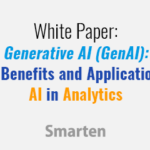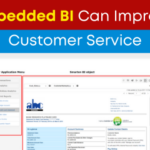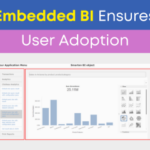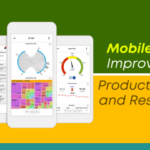Enable Citizen Data Scientist User Adoption of Augmented Analytics with Business Use Cases!

Gartner research states that, ‘90% of corporate strategies will explicitly mention information as a critical enterprise asset and analytics as an essential competency.’ This prediction is supported by initiatives in businesses around the world, as the average enterprise recognizes the value of fact-based decisions and improved business agility.
For a business to succeed in transforming business users to Citizen Data Scientists, it must have a firm grasp on how to use – and encourage team members to use – augmented analytics. Simply providing the advanced analytics solution and integrated data across the enterprise does not ensure user adoption. But, if a user can understand how these solutions will make their jobs easier, and how augmented analytics can help a team member improve their contribution, speed the business process and increase their career potential, user adoption is more likely.
‘Appropriate Citizen Data Scientist training and organizational planning will provide a solid foundation and build business user confidence by providing an introduction, fundamental information and the tools these users will need to succeed.’
In this article, we explore a few examples of business use cases to illustrate how a business user can examine real world business issues within the augmented analytics environment to create data stories and reveal clear, concise results to support recommendations and actionable direction.
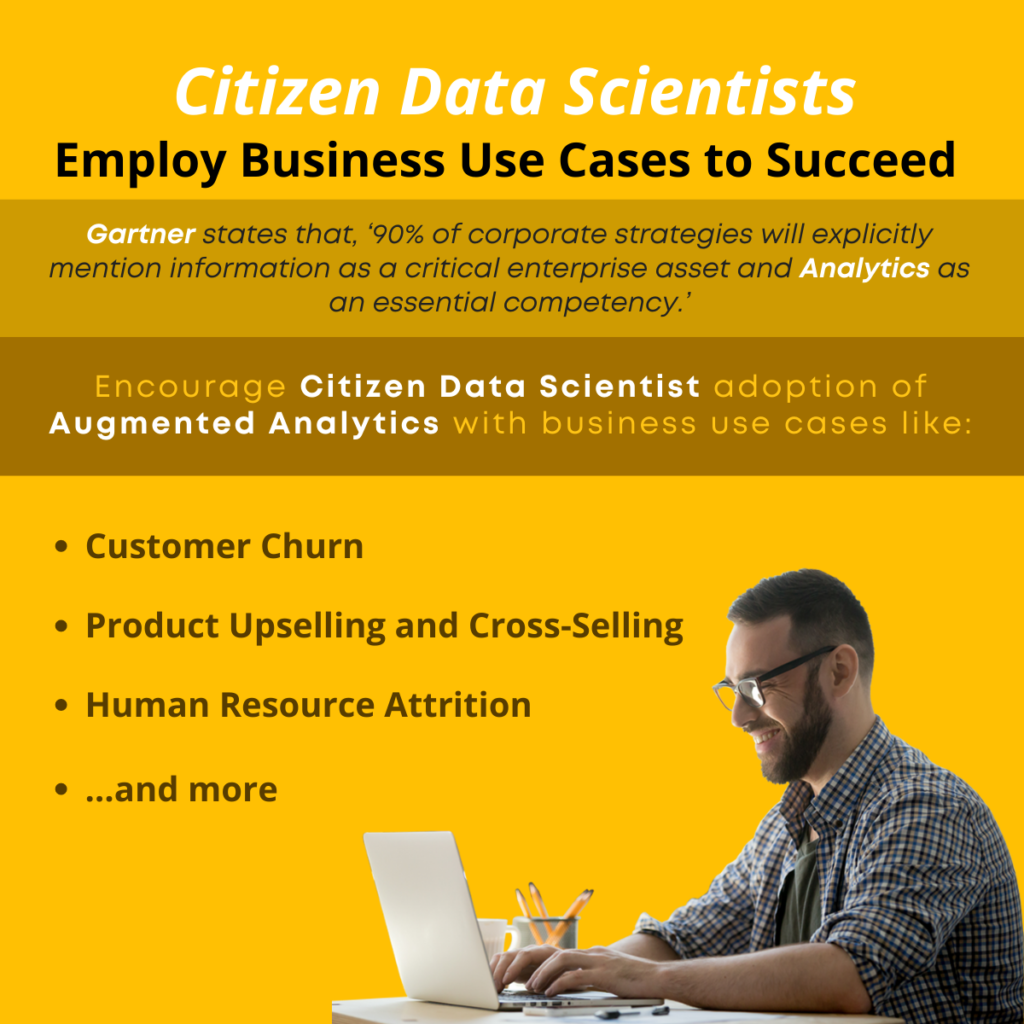
Customer Churn
By understanding why customers abandon your business, you can address the root causes and issues that create customer churn and prioritize these issues to address the most important factors first. You can alter marketing messages and campaigns to improve results and even create new products or services that will improve customer satisfaction and retention.
Among the many considerations you might analyze for customer churn, your business use case might include services that each customer uses like phones, the number of phones lines, internet services, online security, online backup, device protection, tech support, and streaming TV and movies or you might look at customer account information such as how long they have been a customer, the contract length and detail, payment method, paperless billing, monthly charges, and total charge. Customer churn analysis might also include demographic information about customers like gender, age range, and if they have partners and/or dependents
When considering customer churn analysis, one might use the binary logistic regression technique.
Product and Service Cross-Selling
The use case for product and service cross-selling and up-selling is useful to understand what your customers like, and where you can cross-sell, bundle or up-sell other products by leveraging what you know about your customer’s buying behavior. Every business needs to know what makes a customer buy or try another product and what features, design or product or service combinations might help the business sell more units. For example, a retail store manager may want to analyze the optimal and strategic placement of various products in order to increase cross sales.
By looking at transactions, the date of a purchase and what the customer purchased, the business can develop a comprehensive understanding of behavior and brand loyalty. The enterprise will benefit by increasing revenue, targeting new products and services, creating marketing messages to target a particular customer demographic and improving brand loyalty and the product and service mix. One could consider the date of purchase and the products purchased to find item combinations and the frequency of purchase.
To perform analysis on this type of use case, the business might use Frequent Pattern Mining.
Human Resource Attrition
This use case focuses on human resource attrition. Like customer retention, human resource retention is important because stable retention eliminates the cost of advertising, interviewing, hiring and training a new employee. Human resource attrition analysis allows the business to see which employees are likely to leave and which will remain loyal, based on tenure, training, job responsibilities, and other factors.
The analytical data set will include pay, performance and reward information, past work experience, team member demographic information like gender, age, education, marital status and employment tenure, as well as job satisfaction rankings for things like satisfaction with pay, and surveys and more. The business might also include performance-reward contingencies.
By reducing employee turnover, the business can improve hiring and screening processes, optimize human resources and compensation, improve training programs and increase employee loyalty and satisfaction.
For this business use case, the business might use the Binary Logistic Regression technique.
For any or all of these Business Use Case examples or any of the many other use cases a team member might want to examine, the augmented analytics solution will provide a sophisticated underpinning of machine learning, natural language processing (NLP) search capability and an intuitive interface to enable and speed the analytics process with tools that are designed for the average business user and require no data science or IT experience or knowledge.
‘For a business to succeed in transforming business users to Citizen Data Scientists, it must have a firm grasp on how to use – and encourage team members to use – augmented analytics.’
Transforming business users into Citizen Data Scientists, provides advantages to the organization, to the business users and to data scientists. Appropriate Citizen Data Scientist Training and organizational planning will provide a solid foundation and build business user confidence by providing an introduction and fundamental information on Predictive Analytics and other tools these users will employ. The business should also consider engaging an IT consulting partner with knowledge of the augmented analytics market, and a solution and support services to provide the guidance and Products And Services your business will need to succeed.



